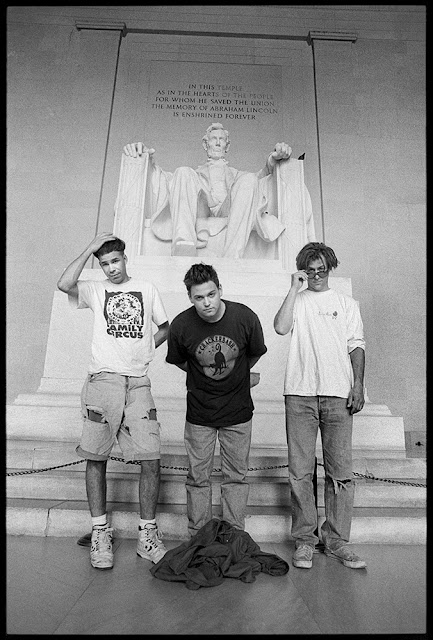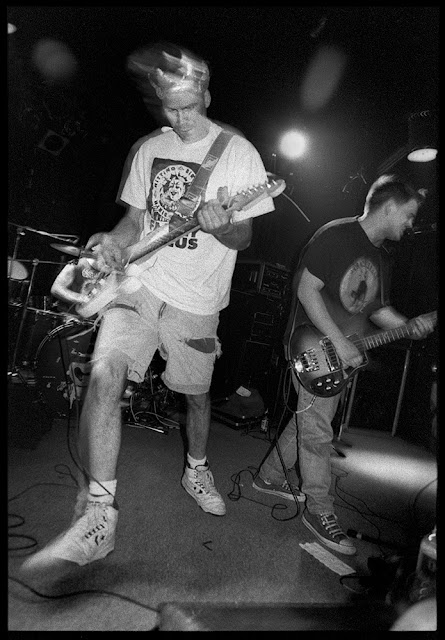 |
| Sandra Oh, Toronto, March 1995 |
I HAD NO WAY OF KNOWING WHEN I TOOK THESE PHOTOS that Sandra Oh would end up having the career that she has. She was a young actress from Ottawa who'd just moved to Toronto after her first starring role in a movie. Grey's Anatomy was ten years in the future, and Oh was making a big splash in Canadian film and television, which - then or now - is no guarantee of anything like a career.
Oh was to be the subject of NOW magazine's "What I Wear" page - a fashion feature where celebrities, local and otherwise, itemized their everyday wardrobe and where they shopped for clothes. I vaguely remember that we met in Kensington Market because Oh was living there, but I might be wrong. In any case, these photos were mostly taken in a fruit and vegetable stand in the Market.
 |
| Sandra Oh, Toronto, March 1995 |
The usual format for What I Wear was a single, full-length vertical shot of the subject. I had gotten bored with this pretty quickly and began handing in collages instead - close-up shots of faces and feet and bits of clothing, printed different sizes and taped together onto a big sheet of paper that my editor would scan. We had a lot of creative freedom and space to work in NOW back then, and the best part of the job was how supportive my photo editor, Irene Grainger, was to our experiments.
 |
| Sandra Oh, Toronto, March 1995 |
Sandra Oh was a whirlwind of energy that morning, mugging for the camera and doing the old "melon under the shirt" gag. She was 23 years old at the time, dressed in thrift shop clothing (we'd call it "vintage" nowadays) and having far more success as an actor than anyone else in her profession could hope for at that age. I liked her.
 |
| Sandra Oh, Toronto, March 1995 |
I don't think either of us would have imagined the career she'd end up having, which is why I don't have anything like a conventional portrait of her here. If her career had proceeded on the usual trajectory, I'm sure I would have photographed her again in a few years, either for the opening of a play in one of the local theatres or as the star of the latest in a series of Canadian films made without the hope of turning a profit.
Last year, while shooting at the film festival, I ran into Oh in an elevator in the Intercontinental Hotel downtown. She was surrounded by three or four other women - publicists or handlers or agency types - and looked quite glamorous and put together; no more thrift shop velour tops. I introduced myself and mentioned this shoot; she laughed, which prompted her entourage to laugh as well. My oldest daughter isn't usually impressed by what I do, but she's a big fan of Grey's Anatomy, and thinks that my long-ago shoot with Oh is a big deal.















